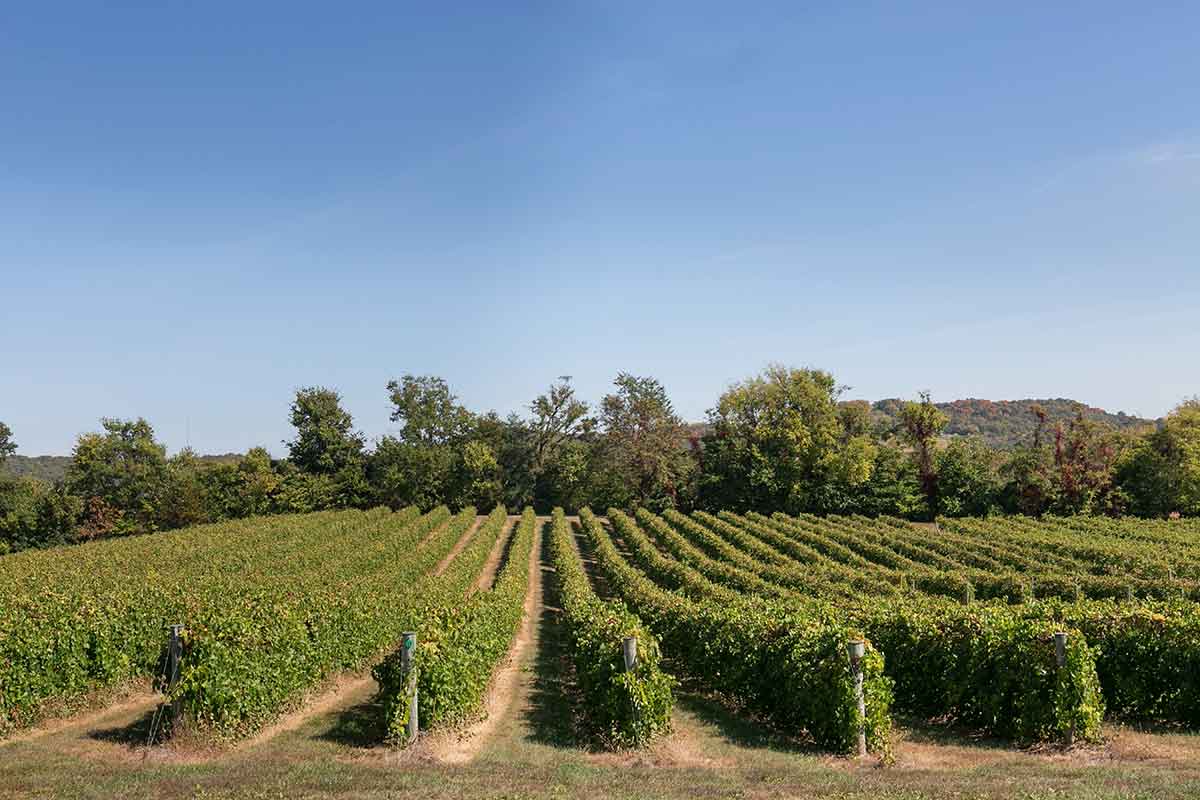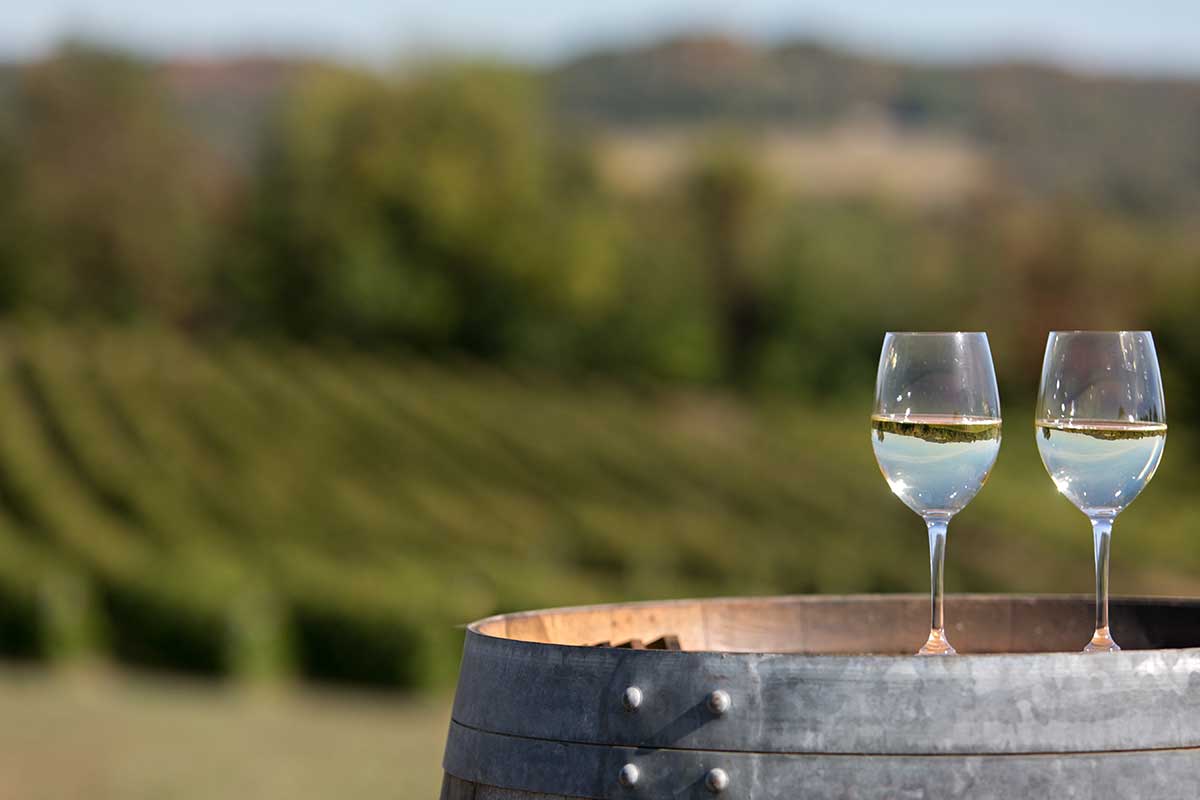WINE DOG: Take pride in Missouri’s wine
Regional pride is real; I share it. I take perverse pleasure in correcting people who assume that I live in some coastal wine mecca. I often mention my experiences when I give talks around the world about the wine market.
On a semi-regular basis, someone will grab me afterward to tell me they enjoyed hearing about a place like Kansas City. Then they ask, “So where do you live now?” I will pause for effect and say slowly, as if to a child, “Kansas City.” If I’m really out for a good time, I follow that with, “I live in Kansas City, you know, [another pause] for the weather.”
Hijinks aside, I like the seasons, and in Missouri we see them in living color, especially in the fall. Let’s be honest: spring is a joke. We go from grey chunks of ice on the ground to 85 degrees and similar humidity in the span of a few days. The magnolia blossoms in the backyard haven’t enjoyed more than a day or two of blooms in years. Spring is chimera in Missouri.
But fall? Oh, that’s when we shine! Out west, the four seasons are (famously) fire, flood, earthquake, and landslide. The easterners will boast of their autumn colors, even as some vestige of hurricane dumps its Caribbean load onto their hills. The grape harvest may be long over, but Missouri’s vineyards share a bright palette with our forests, at least for a while.
But there may not be enough of those vineyards. There are more and more troubled vintages (freeze, frost, hail, you name it, probably locusts next), so our winemakers are forced to go outside the state for their grapes. It’s understandable when yields are miniscule.
In years like 2007, when a late freeze, called the Easter Massacre, destroyed so much, winegrowers had to get their grapes from somewhere else. But ask any Missouri winemaker: the acreage of good vineyards in the Show-Me State is not right-sized.
So in Missouri, as in so many other midwestern states, it’s too routine for wineries to buy their grapes from other states. It’s an understandable crutch. Missouri typically struggles to ripen well-known grapes like chardonnay or cabernet sauvignon. Rather than educate your customers about the virtues of chambourcin or vignoles, how much easier it is simply to buy chardonnay from California? I’m not trying to vilify these wineries’ choices, but it helps explain why there are not enough good grapes grown here. It’s harder and less consistent than on the West Coast (at least in the fire-free years, fewer and fewer that they are), and customers don’t always recognize the value of local grapes.
As a new generation of wine drinkers venerates so-called “natural” wines, they almost exclusively celebrate wines from somewhere else. Our local farmers deserve our business, and many shoppers seem to grasp that. But our grape growers and wineries are just as worthy. So show your pride, take a drive, and enjoy the scenery—and take in some Missouri wine while you’re at it.
Related Posts
7 Reasons to Visit Missouri Wine Country
Springtime is a perfect opportunity to explore Missouri’s unique and beautiful wine country. Need a reason to visit? Here are seven.



